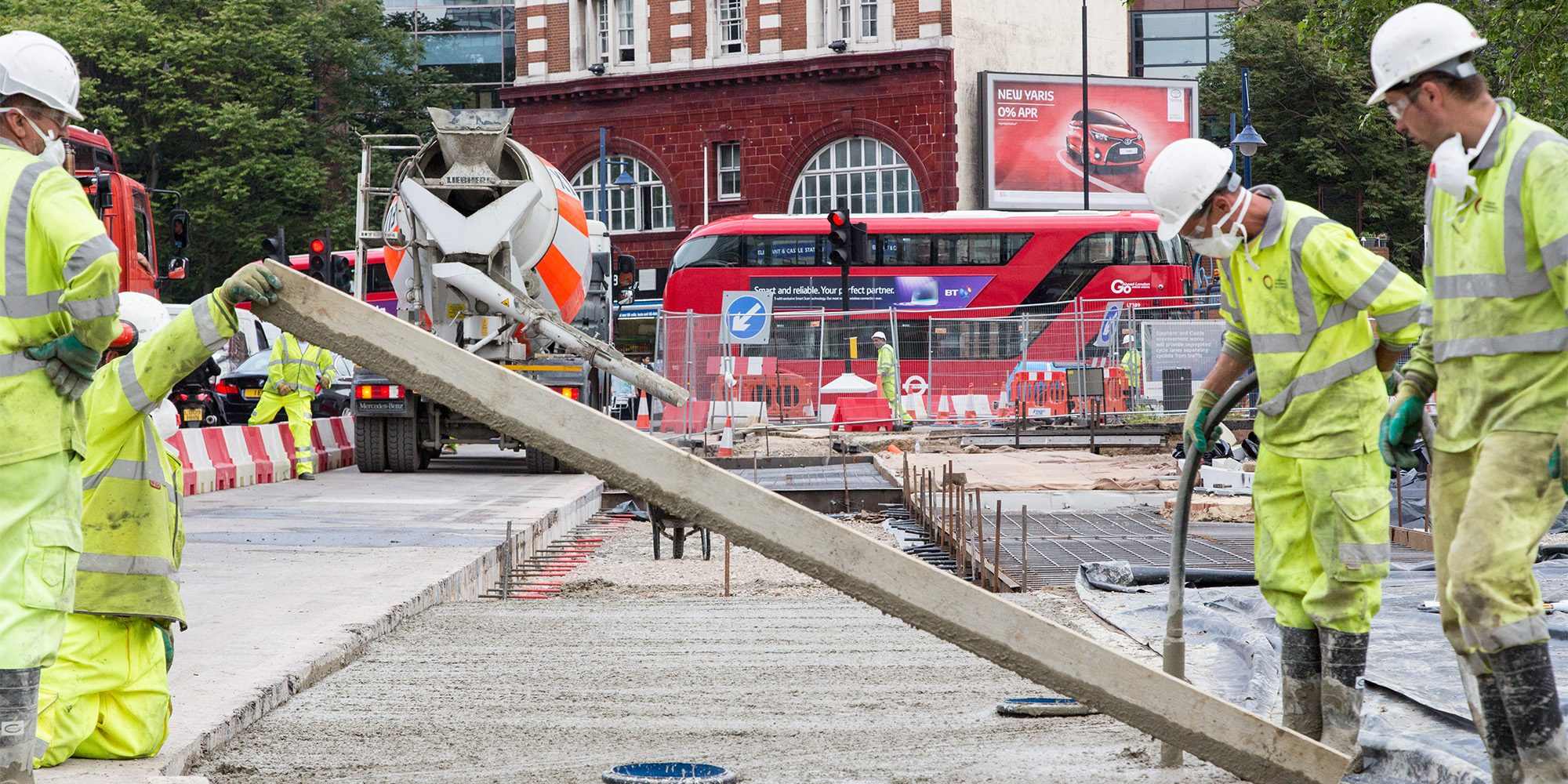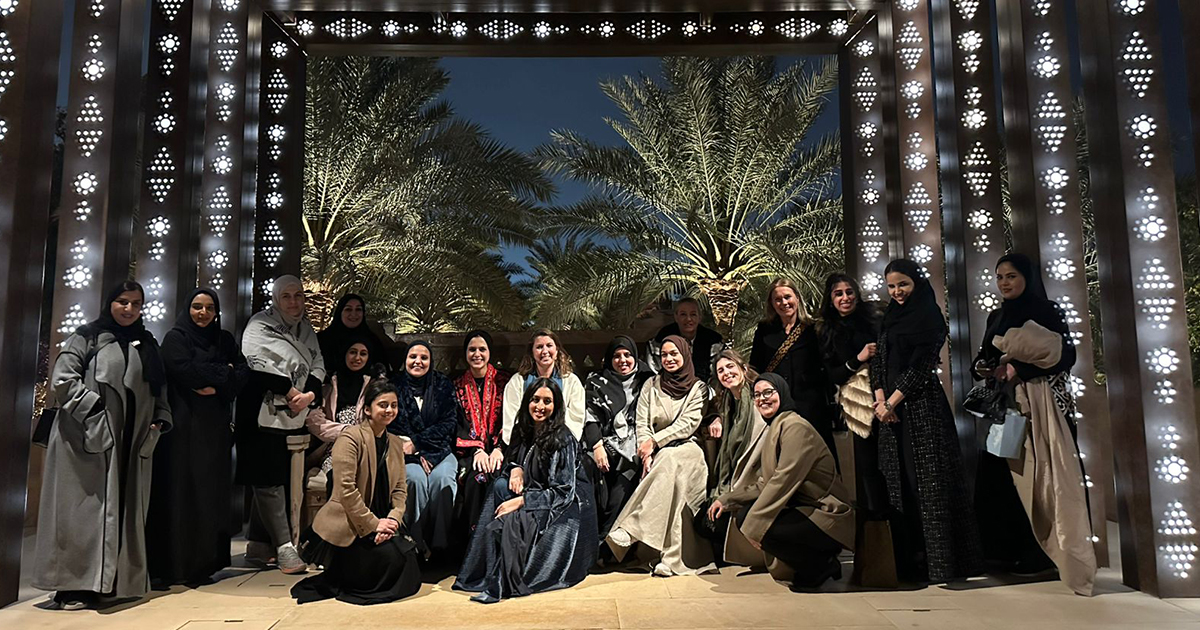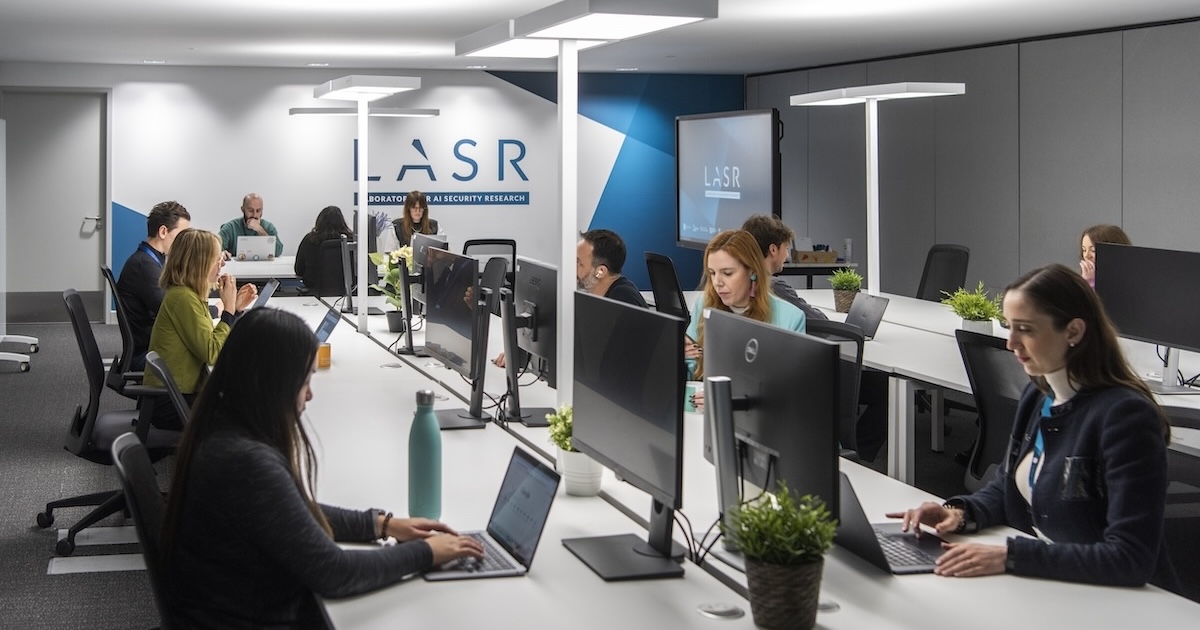Plexal’s innovation lead Tommy Ekman reflects on how roadworks affect how inclusive London is as the call for applications for London RoadLab continues…
Who are our streets for? If you were an urban planner in the 1960s, the would have said cars. If author and urban activist Jane Jacobs were here she would probably say they should act as public spaces that bring people together. For Michael Barratt MBE, development impact assessment lead at Transport for London (TfL), they are for everyone – although the hierarchy of needs can be very site-specific.
By “everyone”, Michael’s referring not just to drivers but also to cyclists, emergency vehicles, delivery workers, pedestrians, people with a buggy, bus users, and many more. The trouble is, when essential roadworks are carried out there’s a knock-on effect that makes some of the busiest streets no-go areas for some.
That’s a challenge we’re looking to tackle with London RoadLab: a 10-week programme Plexal’s innovation team and TfL are delivering along with our utility partners. In preparation for the programme’s launch, I joined Michael for a walk around some of TfL’s road networks to help me learn more about why it’s so important for the tech community to get involved and help London be a more inclusive city when roadworks take place.
Michael’s known for his cycling and walking tours: he’s a big fan of taking city planners and representatives from construction, logistics or roadworks contractors around the city with different types of road users (residents and types of road users like cyclists or people with a disability). By pointing out real-life issues some road users might face, the people making critical infrastructure decisions get a much better understanding of the impact they’re having.
“It’s about empathy and allowing the voices of the public to be heard,” Michael tells me. “At TfL we support the Mayor’s Healthy Streets policy, which is aimed at enabling Londoners to be more active and to pursue more sustainable modes of transport. But when roadworks create dust, noise, congestion or safety issues, they could put someone off walking, cycling or hopping on a bus.”
“While there has been plenty of innovation to make travelling in a vehicle safer, we also need to consider the people around the car”
Safer streets
It’s also an issue of safety for everyone. While there has been plenty of innovation to make travelling in a vehicle safer, we also need to consider the people around the car. To show me an example of this in action, Michael takes me to a demolition site on Blackfriars Road, where we peer at the rubble that will soon be transformed into a gleaming skyscraper. Before the previous building came down, Michael was able to find an efficient way of avoiding waste materials being transported on the road network (around 1,633 trips by heavy-goods vehicles) and reduce the potential conflicts with vulnerable road users. As another bonus, this prevented 86.9 tonnes of CO2 from being emitted – which, given the stark warnings we’ve been given about climate change, is no small victory. Michael calls this common sense, but also believes that technology and innovation could enable us to make many more of these smart planning adjustments.
Next up, we walk round the corner and pause at a high-rise building where construction work is taking place. He points out a sign indicating to people that a footpath has been closed: “When most pedestrians encounter footway closures, it’s not a huge deal and they can just walk around it. Not everyone finds it so easy. People with autism can really struggle with unpredictability and for my friend Monica, who’s 80 and in a wheelchair, not being able to take her usual route or having an easy alternative might mean she doesn’t go out that day. And that means she doesn’t get her daily exercise or a chance to socialise. In London, loneliness and our lack of activity are threats to our health, so there are wider implications.”
“In London, loneliness and our lack of activity are threats to our health, so there are wider implications.”Street life: balancing needs”
However, designing for everyone is no easy task in such a complex urban environment where city centre routes in particular can support multiple functions. Drivers getting to work, delivery vehicles, emergency services carrying vulnerable people, cyclists and pedestrians are all jostling in close proximity to each other – and not always very harmoniously.
“If everyone continues to move around using the same modes of transport as we do now, it just won’t work”
Putting added pressure to an already constrained road network is the fact that the capital’s population has never been bigger – and it’s expected to reach 10 million by 2042. “If everyone continues to move around using the same modes of transport as we do now, it just won’t work,” Michael tells me. But unlike Singapore, London doesn’t have the option of buying more space by reclaiming land from the sea, so we need to find creative and efficient ways of ensuring London remains a place where people want to live and work in.
Roadworks can add new challenges to this setup by pushing different types of users even closer together and introducing new factors like, machinery, vehicles and workers – often at short notice. If a water main bursts, for example, you have to act fast. “It’s a challenge but I think there are lots of ways technology and innovation can allow us to carry out this essential work while minimising the impact.”
To show me an example of how different people’s needs can be balanced, Michael points out a technique he successfully tested on a road that would typically see 3,000 cyclists and 2,000 pedestrians whizz past during rush hour. “The contractors were going to put a method in place that would signal to cyclists to dismount from their bikes. But we know cyclists are likely to just ignore that advice and move onto the road or use the footways (which is less safe). We could have shut a lane on the road to accommodate cyclists, but that would have caused severe congestion. You need to consider all transport modes, factor in people’s behaviour and look at the data specific to a site.”
Michael’s solution was to incorporate a cycle lane by utilising a central island, which allowed cyclists to keep moving without impacting the road. Michael was also mindful of not just designing a solution to suit the average cyclist. To cater to the needs of cyclists with disabilities and different types of bikes (like cargo bikes), his solution featured ramps and a cycle route wide enough for a range of cyclists..
Before we part ways, I ask Michael what he hopes London RoadLab will result in. “In the distant, utopian future I suppose I would like to have a layered city where motor vehicles are more separated from sustainable modes (walking and cycling). But realistically in the present day, I’d simply like innovative tech businesses to really consider the needs of different groups of people when they design new products or solutions.”


